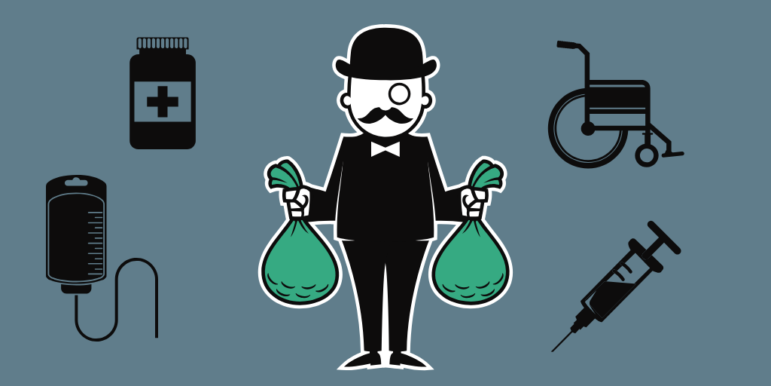Is sunshine really the best disinfectant? Or do we need much more than transparency when it comes to financial conflicts of interest? Recent trends in industry payments to doctors show that, so far, transparency has not stopped pharma companies from paying doctors; in fact, pharma contributions to individual physicians has skyrocketed.
When news source ProPublica first started reporting on industry payments to doctors using the Centers for Medicare and Medicaid Services’ Open Payments database in 2013, they were shocked to find that one doctor had made a million dollars from pharma for speaking fees and consulting in just four years.
According to a new analysis in ProPublica, the problem has only gotten worse. Over the past five years, more than 700 doctors received at least $1 million from pharma, not counting research and royalty payments.
Why hasn’t disclosure of industry payments helped slow down the tide of conflicts of interest in medicine? Part of the issue is that most patients do not take advantage of the information available on Open Payments to research their own doctors. According to a study published earlier this year in The BMJ, the unveiling of Open Payments data did not change the number of people who knew whether or not their doctors had received industry payments. Only about 3% respondents said they investigated their doctor’s payments after two years of Open Payments data being made available.
These results indicate that disclosure of industry payments alone is not enough. Many patients are not aware that the Open Payments database exists, or even that doctors are allowed to accept personal gifts from industry companies. However, research shows that patients have less trust in their doctor if they believe that they have accepted industry money. It is likely that patients value information about their doctors’ conflicts of interest, but that this information is not visible enough. The BMJ study authors suggest having CMS provide leaflets and other advertisements for Open Payments, or incorporating industry payment information on their “Find a Physician” search tool.
We could go even further and mandate disclosure of industry payments within clinics and hospitals. Just as physicians often hang their degrees in frames in their office, it would be helpful to have industry-independent physicians proudly display a certificate of “Pharma-free” status. Physicians that accept money from drug and device companies should be required to display the dollar amount they received in their office and personal website as well. Increased visibility should help start conversations between patients and doctors about conflicts of interest, and encourage doctors not to accept industry gifts.
Or we could make it easier for everyone and just forbid industry companies from paying doctors for speaking fees, travel, and other gifts. If it is corruption from politicians to accept money from private companies that can have an influence on policy, financial relationships between industry and physicians—which have been shown to affect treatment decisions—should be seen as corruption as well.
